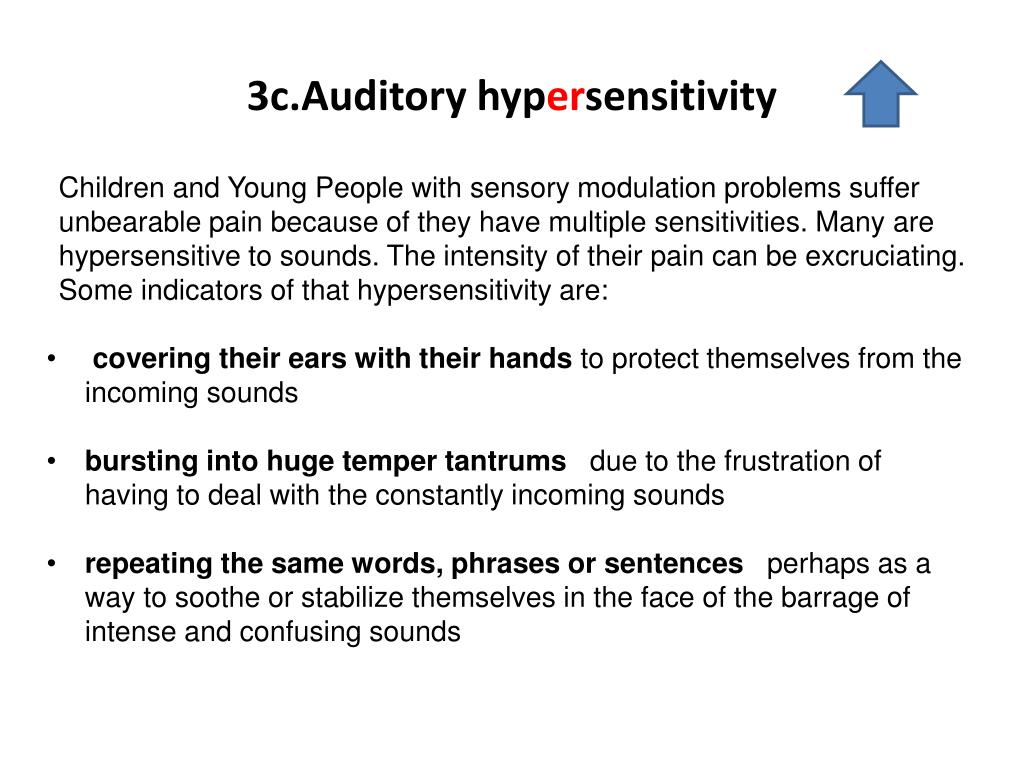
Recently, surgical treatment for hyperacusis by changing the mechanics of surrounding structures of the inner ear show mixed results, with some patients experiencing worse symptoms after surgery.Īlthough these “experimental” surgical treatments in patients are increasing, the mechanisms of conductive hyperacusis are not well understood, and scientific research targeting this problem is lacking. These symptoms are common among patients who have an opening in the bone encapsulating the inner ear (termed a superior canal dehiscence, a type of pathological third-window lesion).Ĭompared with hyperacusis stemming from neurosensory issues, conductive hyperacusis has the potential for treatment. These include the sensation of one’s own voice (autophony), pulse, and body movements such as eye motion and footsteps, as well as sensing the vibrations of items such as vehicles. Many hyperacusis patients have what is called “conductive hyperacusis,” due to mechanical abnormalities of the ear that result in a hypersensitivity to sounds/vibrations transmitted through their bodies.

Hyperacusis caused by abnormalities in auditory mechanics We will also assess how auditory responses in the central auditory system are altered by this type of auditory deficit to determine whether the changes in neural responses may explain the perceptual effects of hyperacusis, tinnitus, and difficulty hearing in noise. We will assess the perceptual effects of this auditory nerve damage by training noise-exposed ferrets to perform behavioral tests designed to parallel tests of hyperacusis, tinnitus, and difficulty hearing in noise that are conventionally used in human listeners. Thus, moderate noise exposure provides a potential animal model for patients who have normal hearing thresholds, yet still experience hyperacusis, tinnitus, or difficulty hearing in noise. It has also been hypothesized that auditory nerve damage will lead to increased difficulty understanding speech in the presence of background noise. Mice with this type of auditory nerve damage show symptoms of hyperacusis and humans who report tinnitus, but have normal auditory thresholds, also show signs of similar damage. Recent evidence from studies in mice suggests that moderate noise exposure can cause damage to the auditory nerve without altering hearing thresholds. Therefore, in order to tease out the specific changes to the auditory system that result in tinnitus and hyperacusis, the ideal animal model should not have sensory cell damage. In fact, hyperacusis, tinnitus, and difficulty understanding speech in noise have been reported even in individuals with normal auditory thresholds. While hearing loss is the primary risk factor for these disorders, they cannot be explained by damage to sensory cells alone. Damage to inner ear sensory cells leads to altered auditory processing, which makes it difficult to identify the specific changes that produce hyperacusis and tinnitus.

In addition to producing symptoms of hyperacusis and tinnitus, both of these manipulations lead to elevated hearing thresholds by damaging inner ear sensory cells.

Current animal models are generated by high-intensity noise exposure or by the administration of salicylate, the active ingredient in aspirin. The development of effective treatments for hyperacusis (the diminished tolerance of loud sounds) and tinnitus (a persistent ringing in the ears) is limited by existing animal models. Neural mechanisms of hyperacusis in the inferior colliculus and cortex of ferrets with noise-induced auditory neurodegeneration


 0 kommentar(er)
0 kommentar(er)
